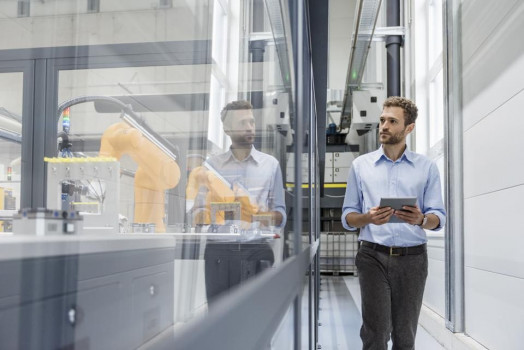Updated: 03.02.2022

Top 10 industrial innovations of the last 200 years!
Share:
Enex is in touch! We came out and we hope that you, too, are effectively joining the work rhythm of the new 2021! We congratulate everyone on the upcoming holidays and wish only the best: health, new professional heights and good luck in achieving your goals!
Today, at the beginning of the 3rd decade, we want to remember the 10 best industrial innovations from the last 200 years, ranging from solar panels, the first electric vehicles and other inventions that dramatically advanced our lives.
So, here are the top innovations that changed the world:
- The first solar panel. The building was built in 1883. Charles Fritts developed the first solar cell by coating selenium with a thin layer of gold. With a low conversion rate of 1 to 2 percent (while most modern cells have efficiencies of 15 to 20%), his invention pioneered the innovation of photovoltaic solar panels in America.
- The first plastic window. Duplicate material found twice in error. In 1838, Henri Victor Regnault, and then again in 1872, Eugen Baumann discovered that under the influence of sunlight, a white substance appears inside a flask of vinyl chloride. However, it was not until the 1920s that Waldo Semon combined this substance with additives to create a solid yet flexible material. After 50-60 years, this material was adopted as an alternative material for windows and doors, without which we now cannot imagine our life.
- The first plane. 1903 - the year of the first flight of the aircraft. Wilbur and Orville Wright flew four short flights over Kitty Hawk with their first heavier-than-air crew. Did you know? Wilbur and Orville Wright called the plane Flyer.
- First 3D printer. In 1983 Chuck Hull developed the first 3D printed part and invented stereolithography. A year later, in 1987, 3D Systems launched the first 3D printer, the SLA-1 stereolithography (SLA) printer.
- First barcode. In 1974, Wrigley's Juicy Fruit chewing gum was the first product to use barcode technology. The first barcode to scan was at the Marsh supermarket in Ohio. In 1973, an IBM engineer - George Laurer - invented the barcode. It was originally designed to be a circle, however the printing press smeared ink as it came out of the paper, resulting in the barcode not being read by scanners. Therefore, the design was changed to vertical lines, which eliminated this problem. In 1973, it was also decided that the barcode would be adopted as a standardized method for storing product information.
- First use of AI. The earliest successful application of artificial intelligence (AI) was in 1951 by Christopher Strachey. Strachey developed a program that ran on a Ferranti Mark I computer. By 1952, the program could play a full game at a reasonable speed. Since the 1950s, AI has rapidly evolved into what it is today, with an expected global market value of $ 15.7 trillion by 2030.
- The first car tire. John Boyd Dunlop received a patent in 1888, but his pneumatic (inflatable) vulcanized rubber tire was intended for bicycles, not cars. It wasn't until 1895 (seven years later) that André Michelin and brother Edouard patented the first use of pneumatic (inflatable) vulcanized rubber tires for automobiles.
- The first industrial robot. In 1956, George Devol, at a cocktail party, told Joseph Engelberger about his latest invention - a kind of programmed transfer device. In 1957, Engelberger and Devol began a two-year project to develop the first robot prototype, Unimate # 001. In 1959, the prototype was first installed at the General Motors injection molding plant. By 1961, it became the first mass-produced robotic arm for industrial automation.
- The first hybrid car. It was invented back in the 1900s by Ferdinand Porsche - the Lohner-Porsche Mixte. The car was powered by electricity stored in a battery and gas engine. Did you know? - Karl Benz applied for a patent for the first car in 1886.
- The first "modern factory". Richard Arkwright, having started as a men's wig in the early 1760s, moved into the textile industry when wig production began to decline. Teaming up with watchmaker John Kay and cane maker Thomas Hayes, the three began work on a mechanical spinning machine that could produce cotton. Unhappy with the prospect of working by hand, in 1771, three men decided to harness the power of water by establishing a large water mill factory on the Derwent River in Cromford, Derbyshire, and thus established the first "modern factory". In the meantime, there is no need to worry about it. ”
Source - https://manufacturingglobal.com
LEAVE A COMMENT
Share:
